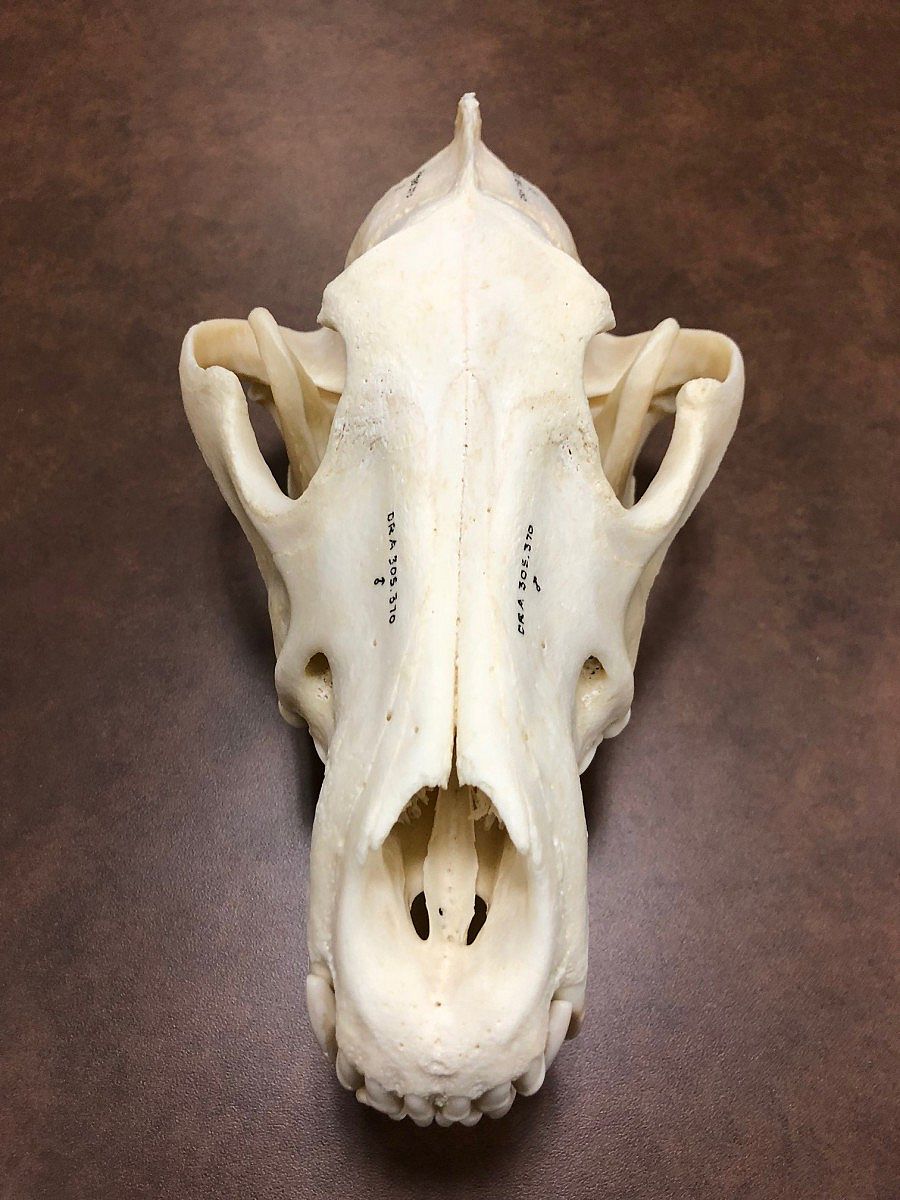
Museum Minute: Skulls of Wolves Can Tell A Story
Between 1995 and 1997, 41 wolves from Canada and Northwest Montana were reintroduced to Yellowstone National Park. Twenty years have passed and the population has grown close to 400 in the Greater Yellowstone Ecosystem.


The wolves are protected in the park but if they roam outside, states have their own set of regulations. The U.S. Fish and Wildlife Service and individual state wildlife management services have mainly killed wolves outside of the park for preying on livestock. All of these killed wolves have been deposited at the Draper Museum of Natural History in Cody.
The museum so far has collected about 170 wolf skulls. All of these specimens are descendants of the original 41 that were introduced to the park.
“Natural history museums really are like libraries of life on Earth. And so our collection can be used for a lot of different things,” said Dr. Charles Preston, the curator of the Draper Natural History Museum.
The skulls can provide answers to many questions, but for Dr. Preston one question is the most intriguing: how does the reintroduced population compare with the population that was in the region and became extirpated in the 1920s and 1930s? This collection of skulls is a way that scientists can compare the current population with the original population that was here before the 1930s, since many of those specimens now reside in the Smithsonian Natural History Museum.
Museum Minute was a series co-produced with Wyoming Public Media (WPM).
Written By
Kamila Kudelska
Kamila Kudelska was the multimedia journalist for the Center and for Wyoming Public Media. In that role she told the hidden stories of all five museums and reported on the news of northwest Wyoming. Kamila has worked as a public radio reporter in California, Poland and New York. She enjoys skiing (both downhill and crosscountry) and loves to read. Since has since taken on a larger role with Wyoming Pubic Media.









